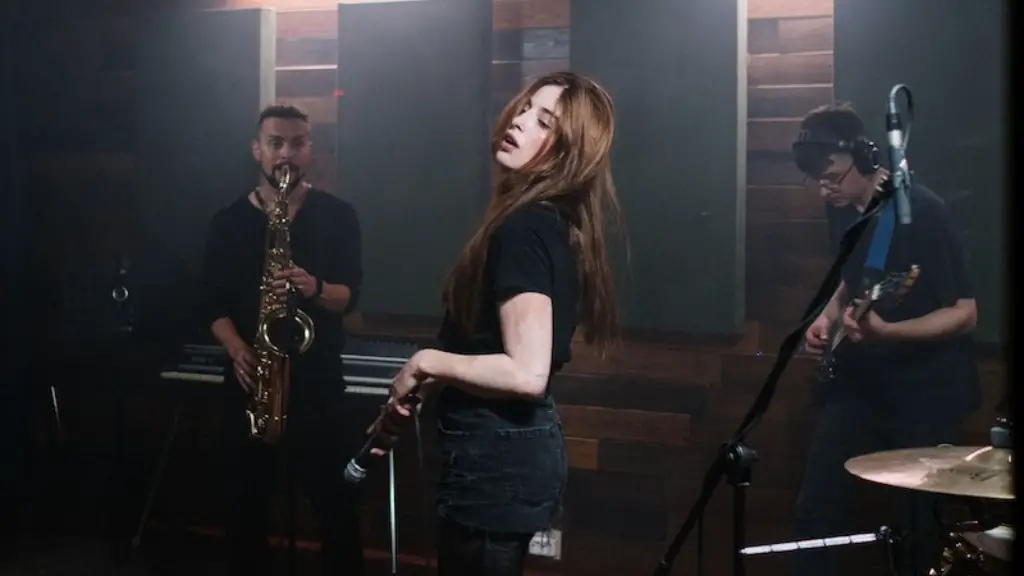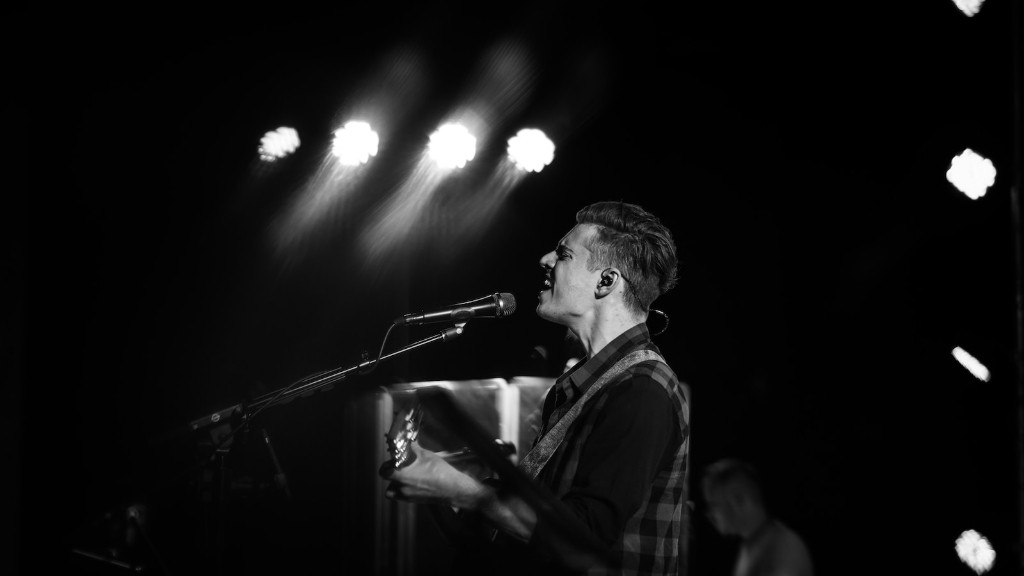Seeing snowfall is one of the most beautiful sights in nature. Whether you’re inside or outside, snow can bring with it awe-inspiring wonder. Drawing snow can be as easy or as challenging as you’d like to make it. By breaking down a few simple steps, anyone can capture the beauty of a snow-covered landscape.
Before you even reach for your pencils, determine the kind of snow you’d like to draw. Is it a light, fluffy powdery snow or a heavy, wet snow? Do you want to draw a scene where the snow is simply on the ground but not falling or do you want to draw snow actively falling from the sky? Taking this into account will make your drawing process much easier.
Once you’ve decided on a scene, grab your drawing tools! Pencil, paper, and eraser are the bread and butter of creating art. For more detailed drawings, you’ll want to use art pencils, conté crayons, markers, and inks. While not mandatory, having a full spectrum of materials will give your artwork more life and texture.
Now, add some white! Snow is typically made of solidified water particles that are so tiny, they’re almost invisible. However, when enough of them gather together and become still, you can get beautiful snowdrifts. To find out how to draw these intricate shapes, start with the basics.
Using the lightest pencil, lightly sketch the outlines of any snow drifts or hills you’d like to include in the scene. Since snow moves and shifts naturally, avoid hard lines and sharp angles. Soft, S curves are the way to go. Sketching allows you to layer your drawing, so if you’re drawing something intricate, such as snow-laden tree branches, don’t be afraid to take things step-by-step.
To make your snow look more realistic, add subtle details. By lightly smudging your pencil lines, you can make your snow look more natural and flowing. You can also add things like snowflakes or snowbanks to the picture, giving your drawing more depth.
Snow is cold, so adding darker colors around it can really bring out the whites. Adding shadows in places like under trees, on bunkers, and in crevices can give your drawing more realism and make your pieces pop. It’s also important to note that snow has a subtle sparkle to it, so adding several white dots or patches with silver or gold flashes can add the perfect touch.
Drawing snow can be tricky, but by breaking down the basics and keeping a few techniques in mind, you can create stunning pieces! Soft, subtle lines for snow drifts, and darker colors for shadows are both essential for capturing the beauty of a snow-covered landscape. And a few white dots with a hint of silver or gold for that sparkle? Perfect!

